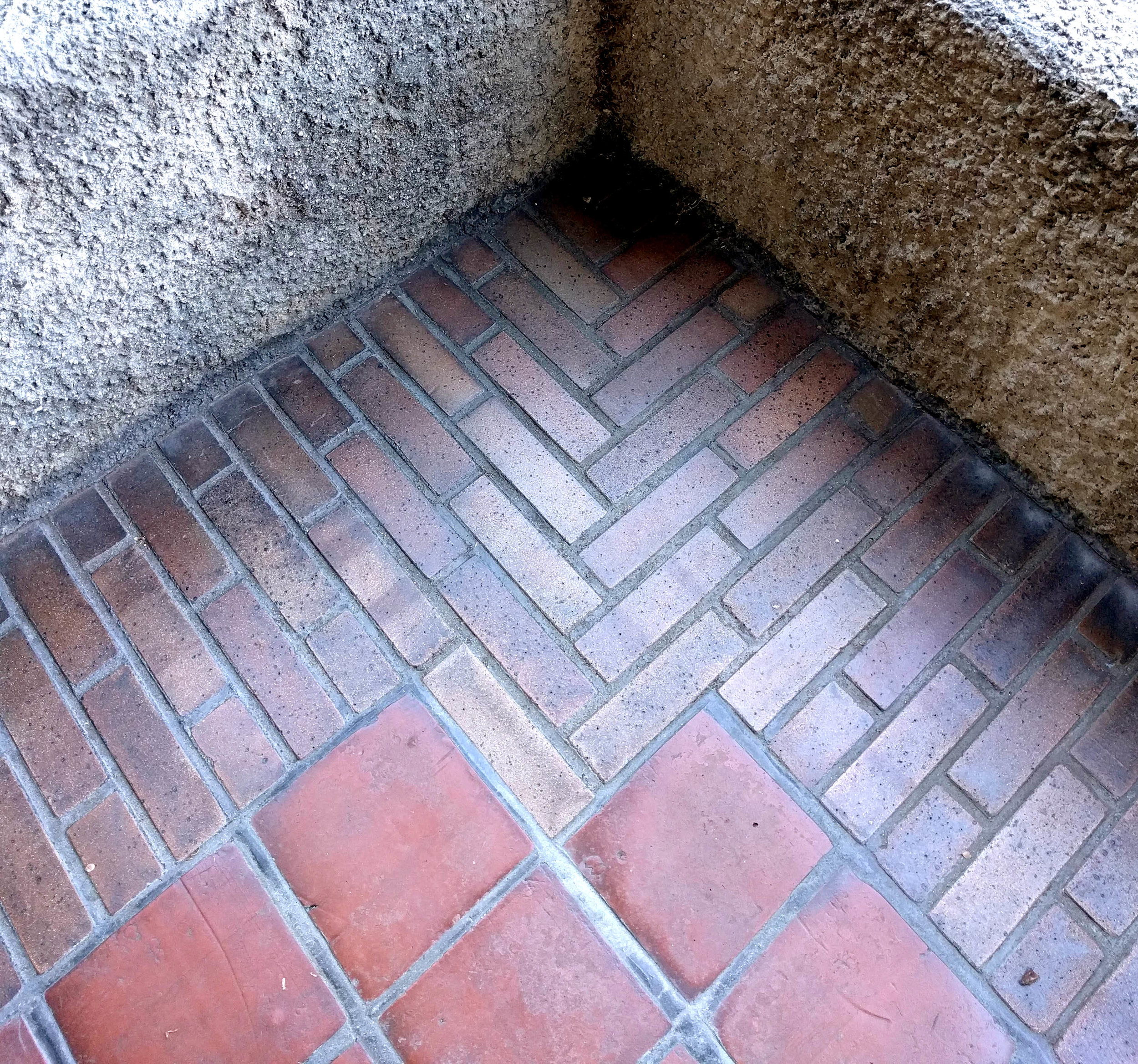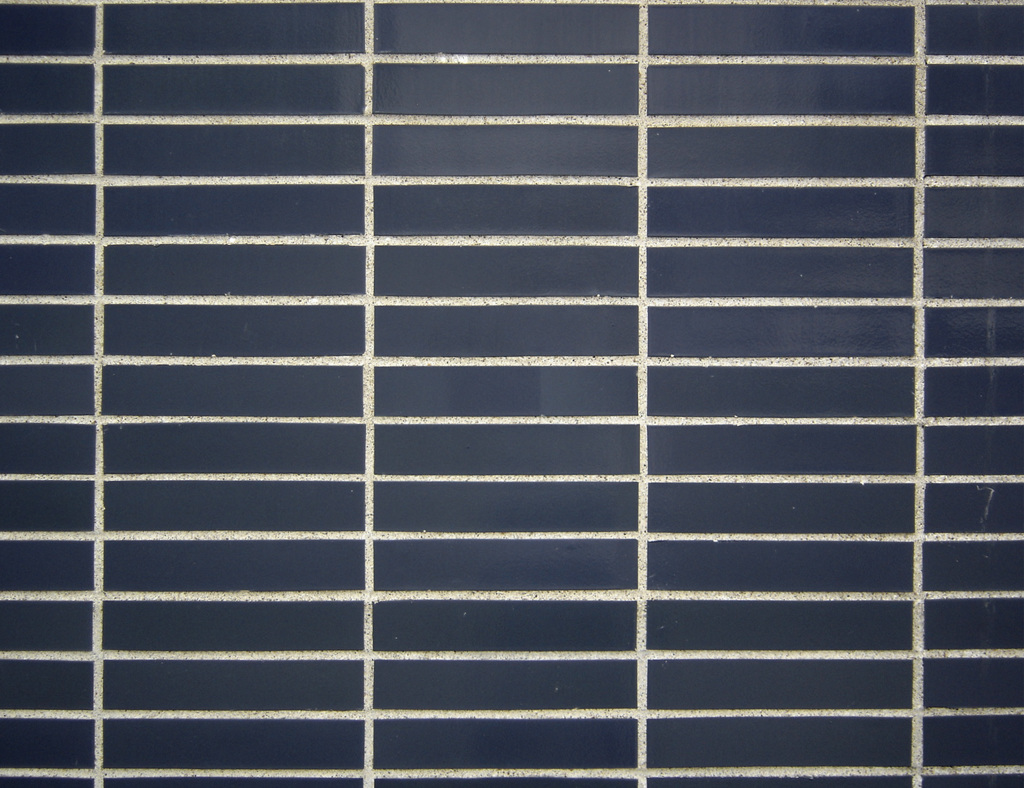Beneath Our Feet: Brick Paving
The brick pattern along the pool leads the eye to the folly and beyond at this Land Morphology designed garden in Piermont, NJ. Photo by Rob Cardillo
Brick is an ancient yet enduring design material. In fact, bricks are one of the oldest known building materials, dating back to 7,000 BC, meaning that some brick structures have lasted over 9,000 years! Brick has a timeless and custom look, making it very popular for traditional and historic homes. However, it can be equally at home in a contemporary setting.
This article focuses on paving, yet brick is a versatile material. Brick paving can be integrated with curbs, drainage channels, and stairs, yet brick can also be used for walls, columns, façades, and even sculptural artwork.
A brick wall encloses this courtyard, where spiraling cobbles coalesce at a sculpture at Mountsier Garden by Land Morphology.
Photo by Rob Cardillo
As paving, brick can be mortar-set on a concrete slab, for rigid durability. This is necessary for driveways or paths which see very heavy traffic. Brick can also be sand-set, which is suitable for more informal pedestrian paths and patios.
Multiple patterns and an integrated curb feature in this historic driveway at the Gamble House in California.
Brick meets stone to create a “rug” at this outdoor patio designed by Land Morphology.
Brick can be beautifully combined with other materials, including stone, concrete, and other unit pavers. Brick can also be laid using multiple colors or by combining multiple patterns.
Hand-laid bricks meet red clay tiles at the Gamble House, from our 2018 office trip to Los Angeles.
Multiple colors are laid randomly to create organic interest.
Six running bond patterns meet with a simple focal point in this driveway at the historic Gamble House.
Because it is a modular material, brick can be laid in a seemingly endless variety of ways. However, there are some common patterns which look lovely in most situations.
Running Bond
The most common brick pattern, a running bond can handle a lot of weight and traffic, so it suitable for patio furniture and lots of pedestrian traffic. Running bond is also the most eco-friendly pattern, as it requires a minimal cutting of brick, leaving close to zero waste.
A running bond pattern, but the “bricks” are actually wood!
Basket weave
This is a checkerboard-like pattern, where bricks are laid horizontally and vertically against each other. This pattern has been around for centuries and can still be seen in ancient European towns.
Multiple colors create a playful basket weave pattern.
Stack bond
The simplest of all paving patterns, where the bricks are placed side-by-side, creating strong visual lines. It can also be laid at a 45-degree angle, creating more interest.
Black brick with white grout in a stacked pattern create a dramatic effect.
Herringbone
The strongest of paving patterns, this pattern has many angles and an energetic feel. Its strength means it can handle significant weight, making it ideal for driveways. A herringbone pattern can be laid at a 45-degree or 90-degree angle.
A sand-set herringbone pattern with a stone border.
Brick is an environmentally conscious material, being largely made of inert and non-toxic materials. Brick has a long usable life, and is relatively harmless to the environment throughout its life cycle. Very little solid waste results from brick manufacture, and waste materials are recycled into new material. Brick manufacture can even utilize waste materials generated from other industries, such as sawdust or methane gas. Brick can conserve energy through its insulating value, thermal mass qualities, and even in its efficient methods of manufacture and transportation. Finally, brick is one of the few building materials with a robust salvage market. Brick in good condition can be reused over and over, even as exterior cladding. Brick which cannot be re-used can be crushed to make more brick! The same cannot be said for vinyl siding, fiber concrete, or other synthetic materials.
So, when considering your next outdoor project, consider brick!











